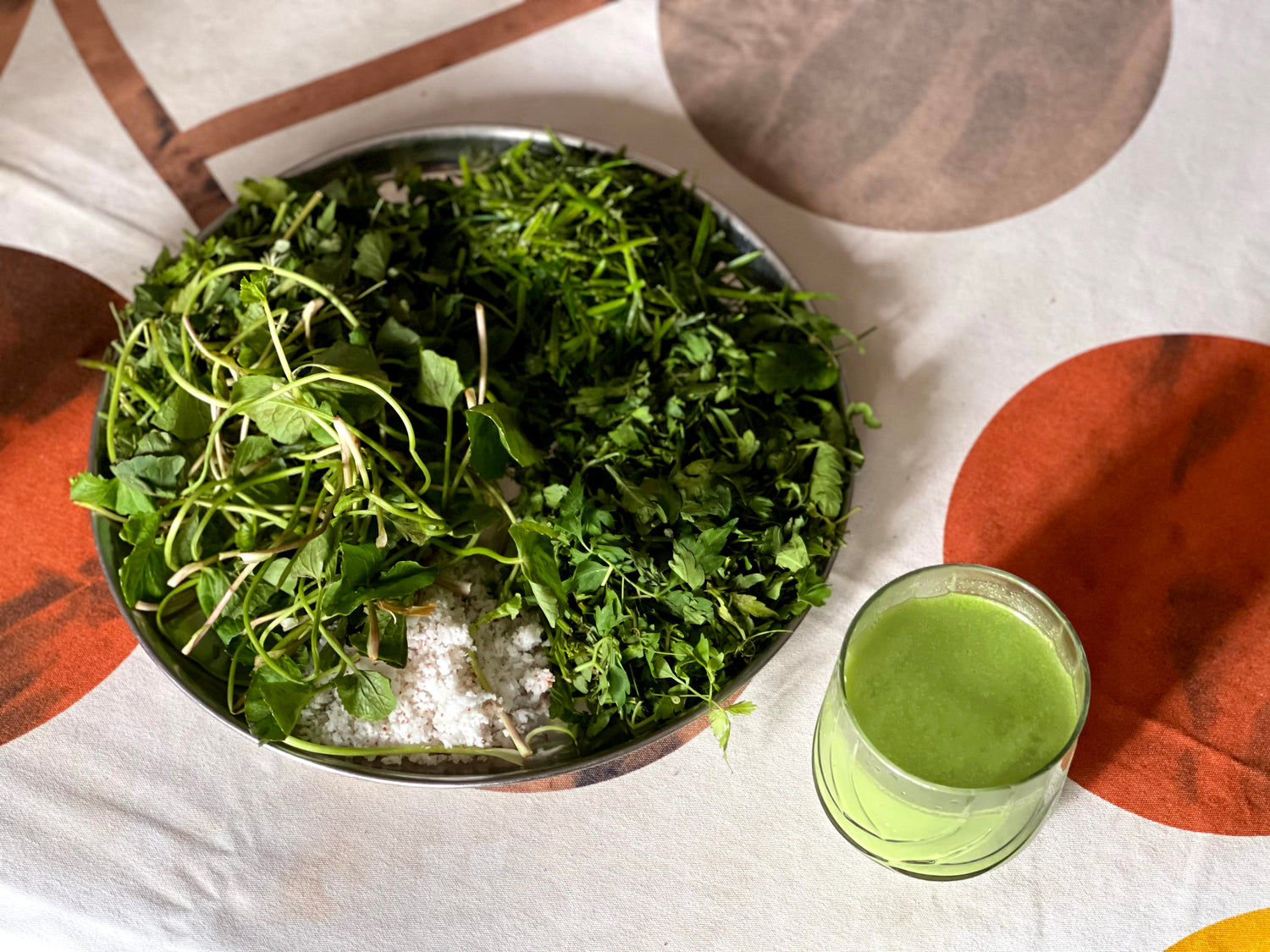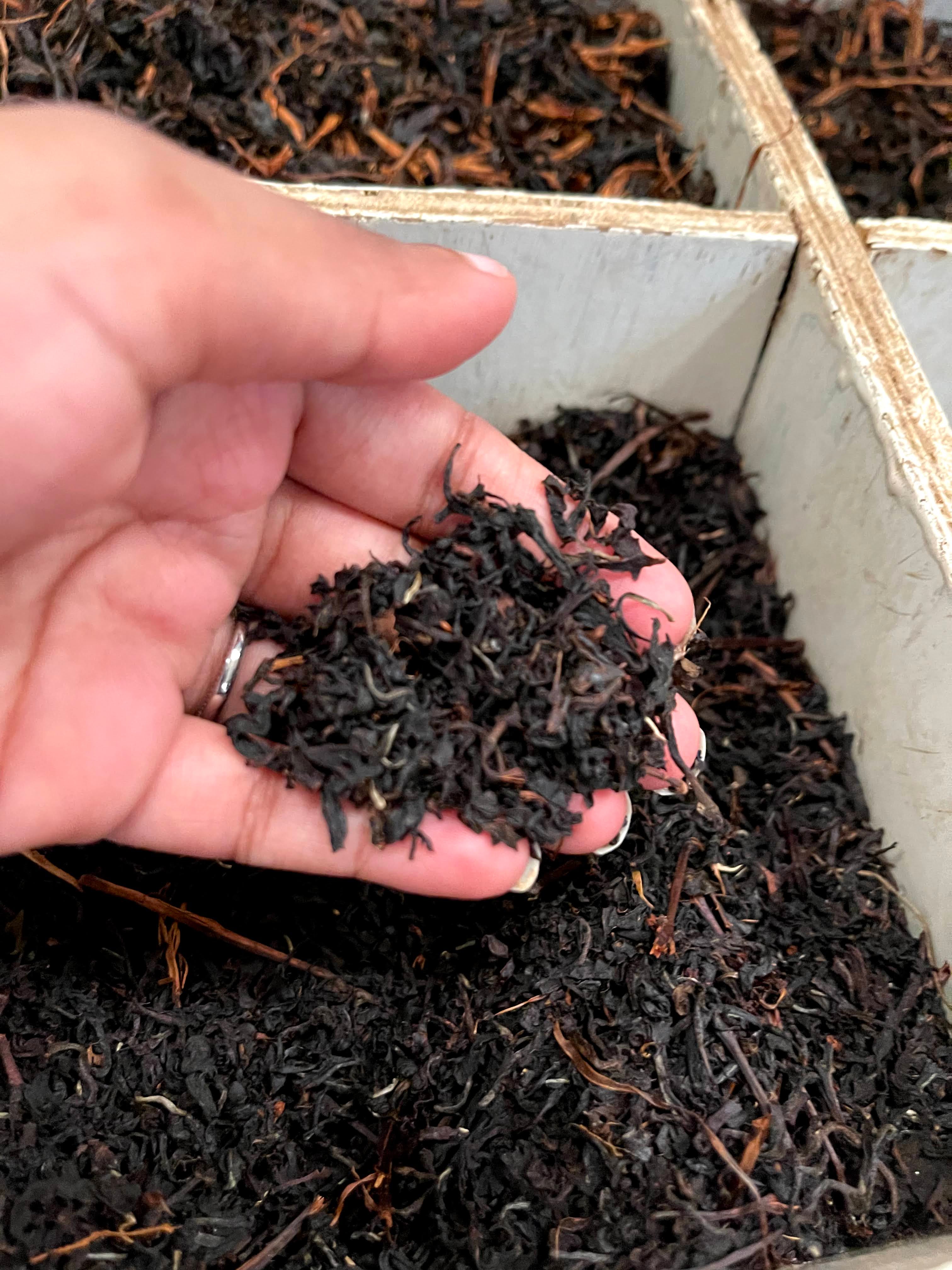Browsing the aisles of your local grocery store, you’ll see an abundance of new wellness food and beverage products. Lately, we’ve been curious about a particular health food label: Superfood. Our products are packed with culturally-rooted, popular superfoods — turmeric and moringa, to name a few — with many holistic health benefits.
So, how did the word ‘Superfood’ come about? And what does it really mean?
The Origin of ‘Superfood’
The Merriam-Webster Dictionary defines ‘superfood’ as a food (i.e. blueberries) rich in compounds (i.e. antioxidants) that are beneficial for a person’s health. ‘Superfood’, itself, seems simultaneously specific and ambiguous. The word ‘super’ within the word gives us the heroic image of a food item containing life-saving properties. Interestingly, there is no official definition for the word, and there is no concrete regulation of what constitutes a superfood in the US.
The first known usage of ‘superfood’ was back in the early 20th century. The United Fruit Company marketed bananas as a ‘superfood’, because they are easy on the digestive system, nutritious, and affordable. As bananas became more popular, so did the term ‘superfood.’ Later, in 1919, blueberries were labeled a superfood by the US government for their many health benefits.
‘Superfood’ As Marketing
Since then, the explosion of superfoods has followed suit. There was a 36% global increase with food labeled as ‘superfoods,’ along with ‘superfruit’ and ‘supergrain’ in 2015. It has become a popular term for marketing health foods, especially with the introduction and popularization of ethnic foods and ingredients in the western market. A notable issue is the emphasis of ‘superfood’ as a marketing tool, as opposed to whether the food has significant health benefits.
Superfoods Are Cultural, Too
Superfoods are found in a variety of cultures, countries, and regions. With the globalization of commerce and technological advancement, people are able to have access to all sorts of superfoods. When you’re bringing a culturally-rooted superfood into your kitchen, it is so important to know the cultural intention behind the ingredient and how it is typically used.
It’s all about balance. However you approach superfoods, we encourage you to fill up your diet with a variety of food groups — and to keep it fun!




Leave a comment
This site is protected by hCaptcha and the hCaptcha Privacy Policy and Terms of Service apply.